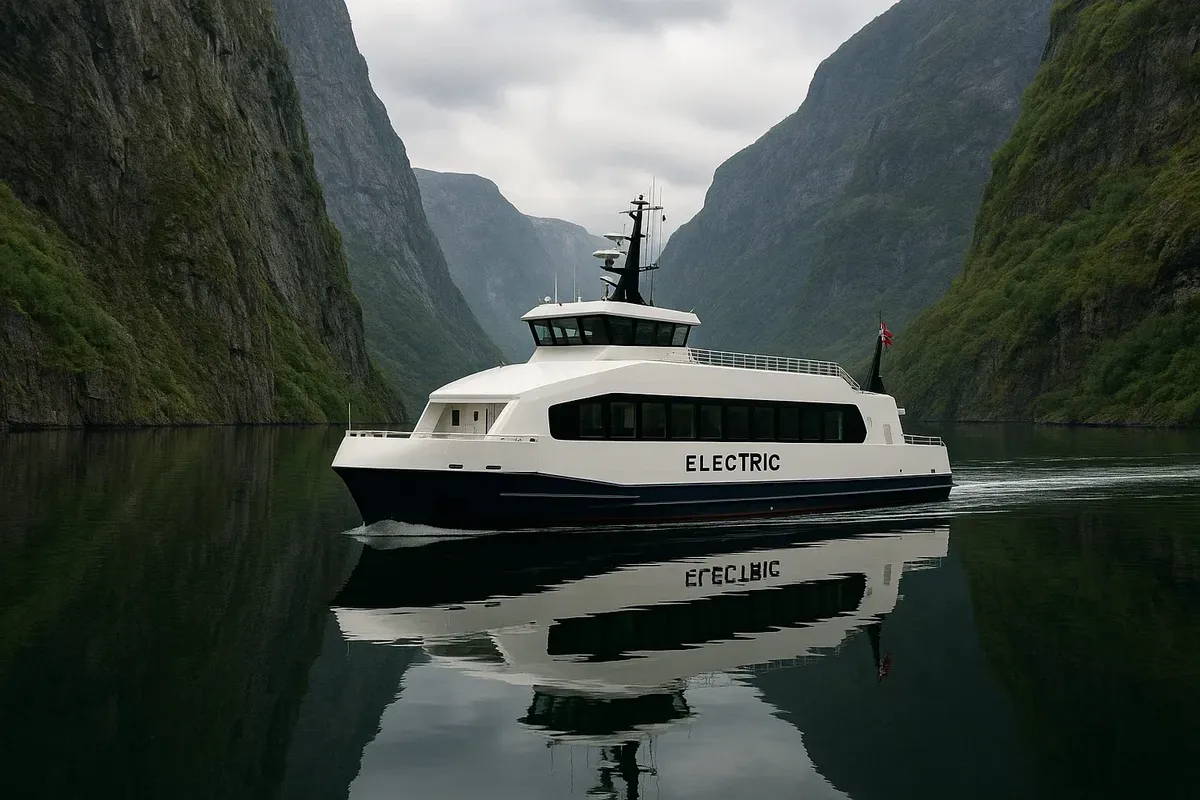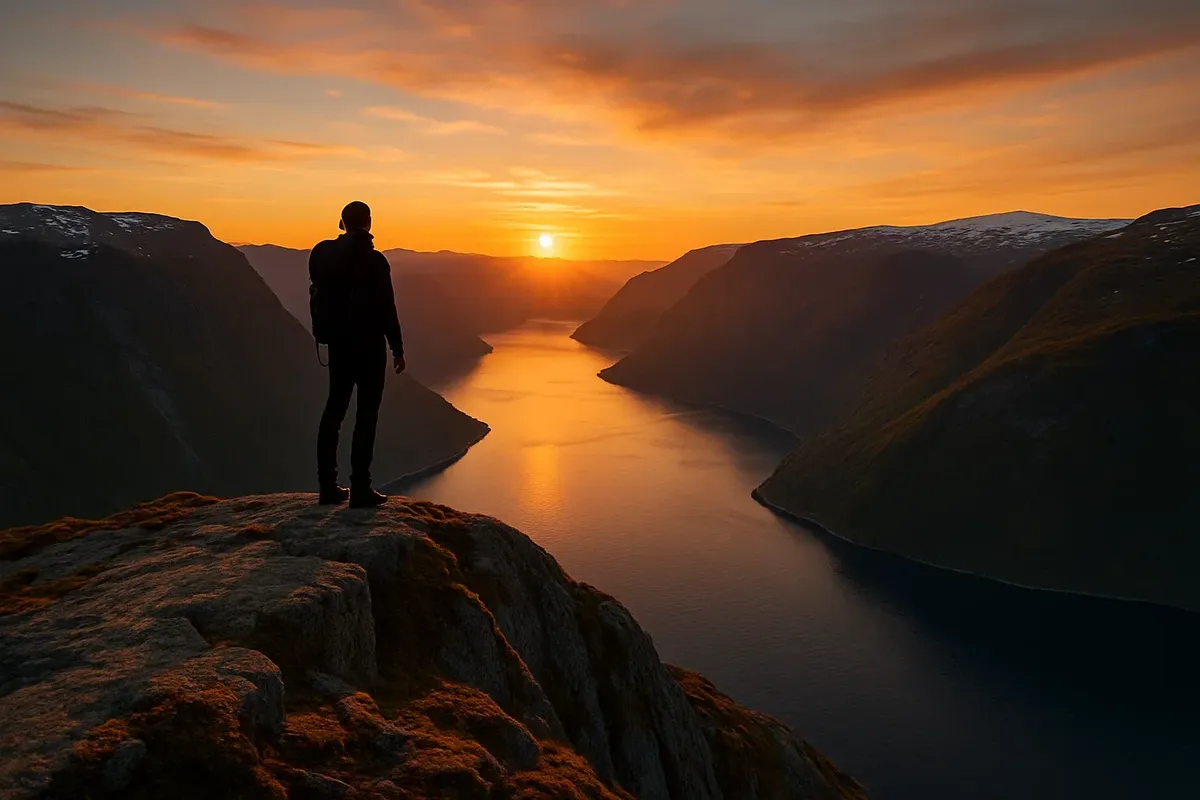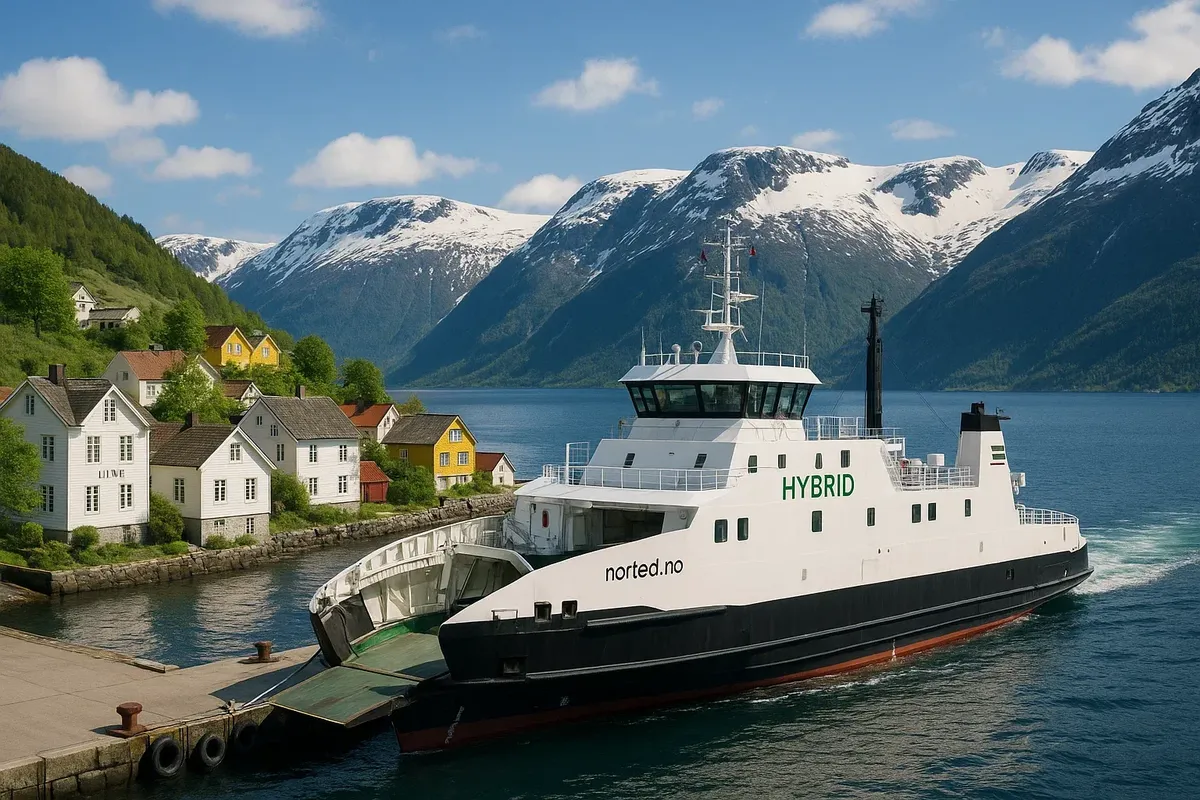Eco-friendly ferries and trails: how to travel without a carbon footprint
I am thrilled to announce that from 2026, a zero-emission only rule will come into force in five UNESCO-listed fjords in Norway. This exciting new development means that diesel-powered vessels will no longer be allowed into the narrow inlets, making way for a cleaner and more sustainable future! The industry's response is amazing! They've got a whole fleet of battery-powered catamarans, hybrid ferries and train-bus connections. This means you can travel the best routes through Norway's national parks without renting a car and without emitting unnecessary CO2. Below is a fantastic set of ideas on how to combine electric travel, trails and green travel without sacrificing the experience.

UNESCO tandem Flåm ↔ Gudvangen: "Future of the Fjords" + Prest ascent
The silent Future of the Fjords catamaran glides through Nærøyfjord powered exclusively by batteries; it takes 20 minutes to recharge at the pier, and waste is disposed of on site — zero emissions and zero noise.
Plan for the day
● Morning: boarding in Flåm, 90 minutes of "silence" to Gudvangen.
● Day: 5-minute bus ride to the Bjørgo car park and the Prest alpine trail (6 km / +650 m) with views of the same fjord.
● Evening: return trip (ticket with bike space must be booked in the Entur app).
So, in one go, you get an electric cruise + hiking trails in Norway rated among the "best national park hikes in Norway" without using a single litre of petrol.

Hardanger "Plug-in loop": cider gardens and charging on the water
Hybrid carbon-fibre ferries operate in Hardanger: they run entirely on electric power for short distances, switching to diesel-electric mode only on longer stretches.
How the car-free route works
- Train Bergen → Voss (1 hour 15 minutes).
- Eco-bus to Nærheimsunna, the southern Hardanger ferry terminal.
- Norled e-ferry to the garden village of Utne.
- Walk (or e-bike rental) to the summit of Oksen (11 km / +950 m).
The result: tasting local cider, views of four fjords and a clean ecological footprint.

Lysefjord car-free: train-bus-ferry + Kjerag on foot
Hiking bloggers have proven that a seven-day trek around Lysefjord is easy to do without a car. Template:
● Train Oslo → Stavanger (Bergen Line).
● Eco-boat (converted to battery power) to Lysebotn.
● The "27 spikes" trail to Øygardstølen, then the climb to Kjerag (11 km).
● Kolumbus bus back to Stavanger.
This trip replaces two days in a car and has the same carbon footprint as a bike ride.
"Train-to-Park": when rails are the greenest trail
Norwegian railways are powered by hydropower. The Dovre Line, for example, runs through the Røndane and Dovrefjell national parks, where you can get off at the stations at Høivoll or Oppdal and start a day's hike right from the platform. According to Bane NOR statistics, switching from car to train reduces the carbon footprint of a journey along the same route by almost eight times.
Your Zero-Emission Navigation Kit
| Tool | What it does | Note |
|---|---|---|
| Entur | Single search for tickets for eco-friendly ferries, trains, and buses | The "Bicycle allowed" filter shows places with bike racks |
| VL (Vy) "Green Voyage" Pass | 5 days of unlimited travel across the entire network | Valid on routes to most Norway national parks |
| NMA Fjord Map 2026 | Interactive map of zero-emission only zones | Updated quarterly after new rules are introduced |
| Norgeskart offline | GPX files of trails and nature reserve boundaries | Download the "Sykkelruter" layer for cycle routes |
Easy tips to reduce CO₂ even more
● Pack light: a 40-litre backpack is enough for a 5-day trek weighing less than 9 kg. Less luggage means lower energy consumption for transport.
● Book overnight stays in DNT huts: food supplies are replenished once a season by electric van.
● Share a car in the few "black zones" where public transport is still poor: the Nabobil and Hyre apps offer electric car sharing.
Norway is leading the way in sustainable travel by transforming its fjords into a vibrant laboratory for "clean" adventures. Imagine a future where battery-powered catamarans, hydro trains, and biogas buses are the norm, creating a greener and more sustainable way of life. Travellers will be delighted to hear that this means less exhaust, more silence, cleaner air and mirror-like water without a diesel rainbow.
Get ready for the adventure of a lifetime by planning your smoke-free cruise itineraries! Test out the ferry, trail and train connections, and send us your reports, GPX logs and photos of solar panels on board eco-catamarans. Your story is going to be part of the most comprehensive guide to outdoor adventures in Norway – how amazing is that! Every kilometre is a step towards nature, not away from it.





2 comments
Log in to leave a comment
Hvorfor tror dere det er viktig for fergetjenester å bli mer miljøvennlige – og ville du betalt litt ekstra for det? 🤔